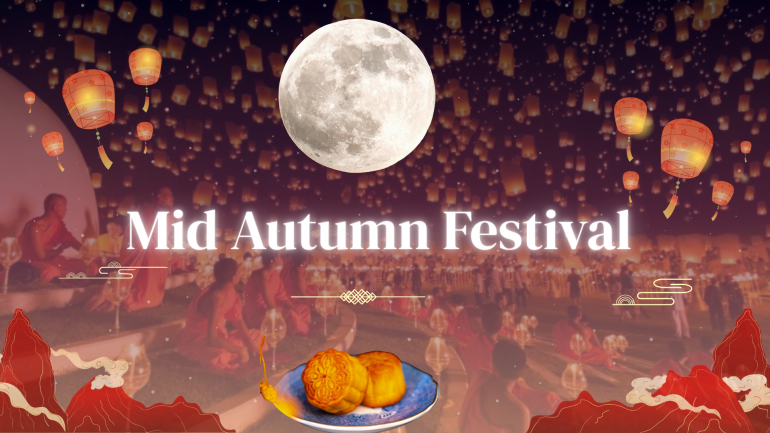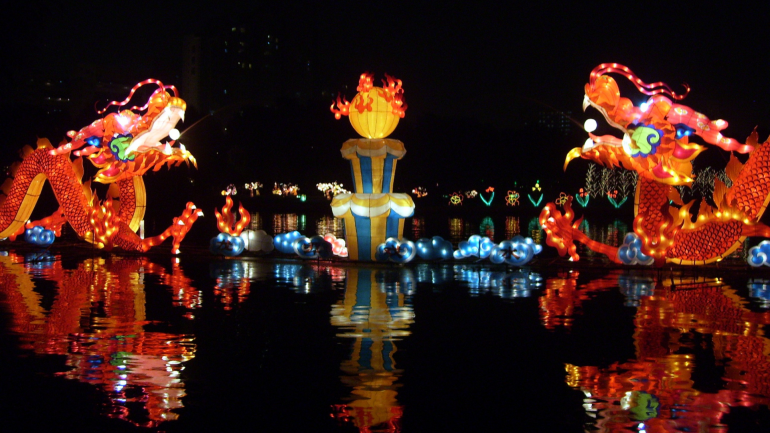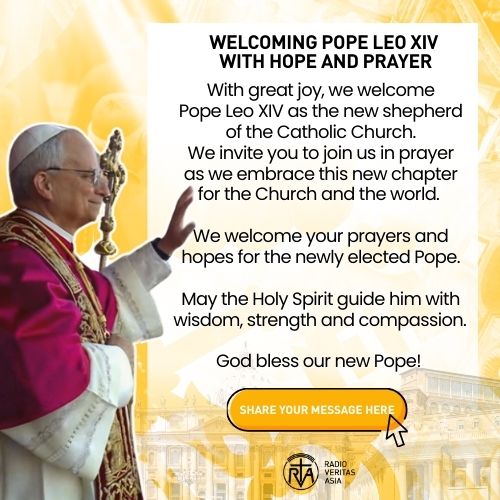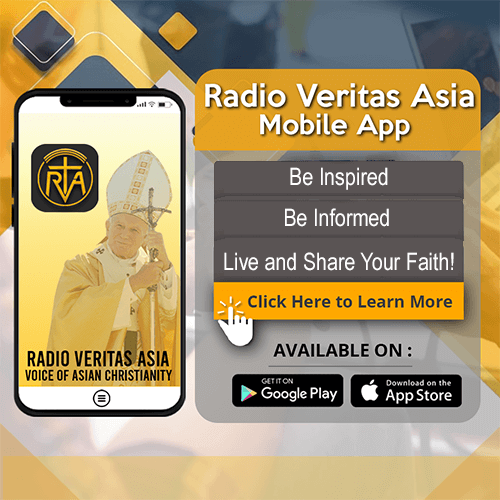Mooncakes, Lanterns & Families: Christian reflections on the Mid-Autumn Festival

Every year, as the eighth lunar month draws near, Chinese communities across Asia prepare for one of their most beloved celebrations: the Mid-Autumn Festival. Known popularly as the Mooncake Festival, it fills the evening air with lantern light, the laughter of children, and the fragrance of baked pastries filled with lotus seed paste and salted egg yolks.
In 2025, the festival was celebrated on October 6, when the full moon rose, symbolising unity and reunion. Families gathered, mooncakes were shared, and lanterns were carried through the night.
While the festival is rooted in Chinese legend and folklore, its themes of light, unity, and sharing carry echoes that Christians can recognise as profoundly close to the Gospel. The Mid-Autumn Festival offers Christians an opportunity not just to enjoy mooncakes and lanterns, but to reflect on how cultural traditions can illuminate truths already present in faith.
The Full Moon and the Wholeness of Life
The central symbol of the Mid-Autumn Festival is the full moon. Perfectly round and luminous, it represents completeness, harmony, and reunion. In Chinese tradition, the moon serves as a reminder that even when families are scattered across distances, they can look up and feel united under the same light.
Christian theology also celebrates fullness. The Letter to the Colossians proclaims: “In Christ, all things hold together” (Col 1:17). The fullness of life, of creation, and of redemption is found in Christ, who brings harmony where there is division.
The moon, reflecting light not of its own but from the sun, also becomes a subtle image of the Christian life. Just as the moon mirrors the sun, so believers are called to reflect the light of Christ into the world. The wholeness that the full moon signifies is not unlike the wholeness Christians find in the love of God.
Mooncakes and the Communion of Sharing
No mooncake is meant to be eaten alone. Traditionally, mooncakes are cut into wedges and shared among family and friends. This act of dividing and sharing highlights the festival’s central value: communion.
The Christian heart cannot help but see here a reflection of the Eucharist, the bread broken and shared among believers. Just as a family slices a mooncake so everyone may taste, the Church gathers around the altar to receive the Bread of Life that nourishes all.
Even the round shape of the mooncake is rich in meaning. Roundness has no beginning or end, symbolising eternity and completeness. Under a Christian lens, it can remind us of the eternal love of God, unbroken and unending, that encompasses all creation.
Sharing mooncakes around a family table becomes a kind of parable of fellowship, where joy multiplies the moment it is divided. In this sense, the Mid-Autumn tradition resonates with Christ’s teaching that love grows the more it is given away.

Lanterns: Light in the Darkness
Perhaps the most delightful part of the festival is the sight of children carrying lanterns of every shape and colour—dragons, rabbits, fish, or simple paper globes glowing against the night sky. Lanterns symbolise light, guidance, and hope. They chase away darkness and bring a sense of warmth to the evening.
For Christians, this imagery strikes a deep chord. Christ himself said, “I am the light of the world. Whoever follows me will never walk in darkness” (John 8:12). To carry a lantern in the night is not far from carrying the light of faith in a world often shadowed by fear and uncertainty.
Lantern processions can even be likened to the Christian pilgrimage of life. We walk together, guided by light, supporting one another on the way. Each lantern glows on its own, but together they form a river of brightness, echoing the Church’s call to be a community of light. Ephesians 5:8 puts it beautifully: “Live as children of light.” In this way, every lantern becomes a symbol of discipleship, a small flame pointing to the greater Light that no darkness can overcome.
Reunion and the Communion of Saints
The Mid-Autumn Festival is also known as a festival of reunion. Families travel great distances to gather for the night, cherishing time together. Even those who cannot return home are remembered beneath the same moon.
In Christian theology, this longing for reunion finds its deepest answer in the Communion of Saints. The Creed declares: “I believe in the Communion of Saints.” This means that the Church is not limited to those alive on earth, it embraces the saints in heaven and the faithful departed, still being purified.
The Mid-Autumn Festival’s emphasis on family reunion mirrors the Christian hope of a final homecoming, when all God’s children will gather at the heavenly banquet. Just as families look to the moon as a sign of unity across distances, Christians look to Christ as the promise that no one is forgotten, no one is left behind.
What Christians Can Learn?
The Mooncake Festival, seen through Christian eyes, is more than folklore or legend. It is a celebration of values that resonate deeply with the Gospel: sharing, unity, light, and reunion.
Christians can celebrate by enjoying mooncakes and lanterns as cultural practices that point to universal truths. Sharing food, lighting lamps, gathering as a family, these are all ways of expressing the same love that faith teaches.
The festival also challenges Christians to live more intentionally. Do we cultivate the same joy of sharing, or do we hoard our blessings? Do we shine as lights in the darkness, or do we hide our faith under a bushel? Do we cherish our family bonds, both earthly and spiritual, with the same devotion shown during Mid-Autumn?
One Moon, One Love
As the full moon rose on October 6, 2025, families across Asia looked up at the sky, children laughed as their lanterns swayed, and mooncakes were sliced and shared.
The moon speaks of fullness, the mooncake of communion, the lantern of light, and the reunion of families of the ultimate gathering in Christ.
The Mid-Autumn Festival, then, is not foreign to Christian eyes. It is a cultural celebration that resonates with eternal truths: that love unites across distances, that light dispels darkness, and that communion makes us whole.
Just as the moon shines equally on all who lift their eyes, so does God’s love embrace every family, every culture, every heart.








